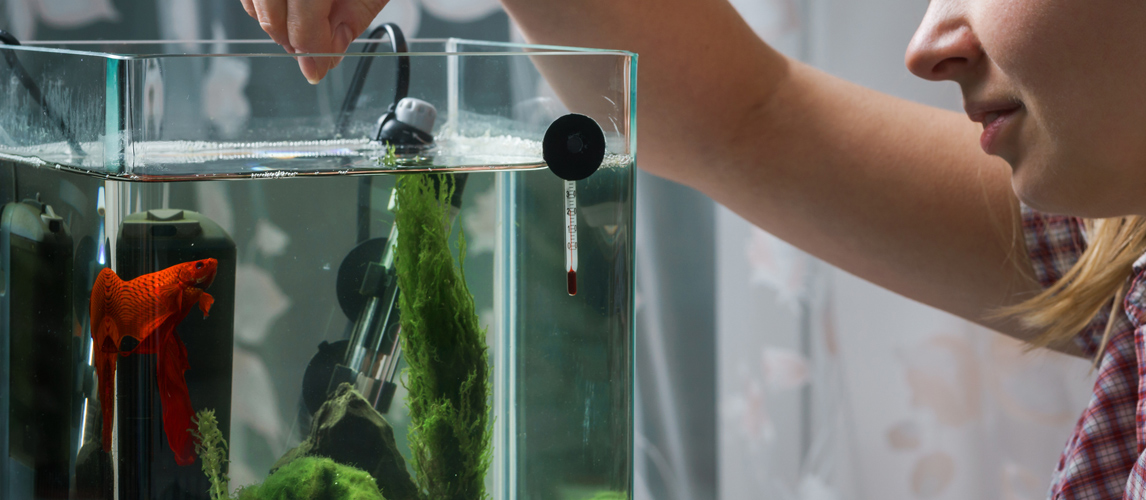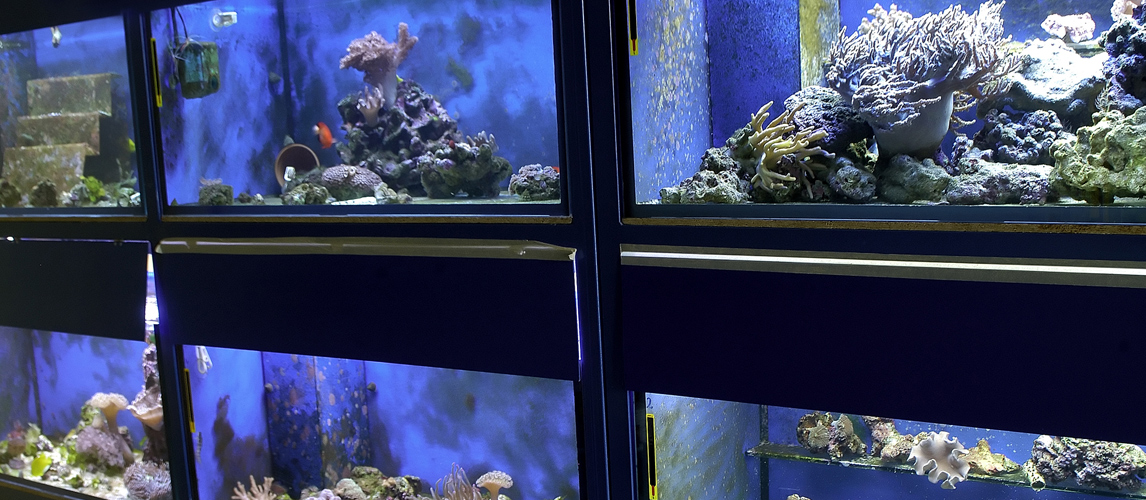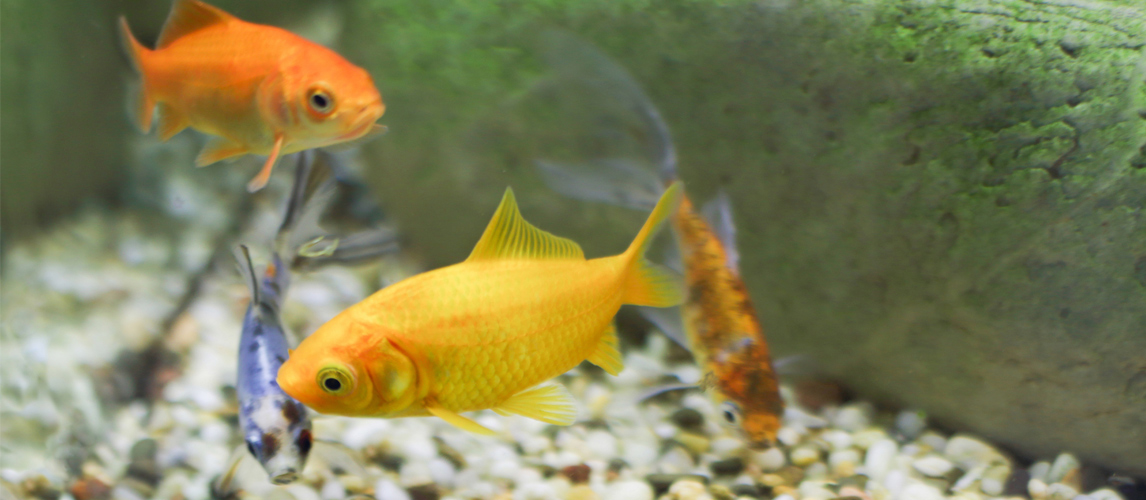Your pets’ health is important to you. If it isn’t, then why on earth did you become a pet owner in the first place! Loving and caring about animals is normally why people get pets, even if they just want something seemingly small and simple, like a fish. If you are seriously worried about any changes in their appearance or behavior, then it is always a good idea to visit a vet. But, if you know what is wrong and want to understand it, or if you want to know what problems you should be looking out for, a bit of research on the internet can be very helpful. To help you take the best care of your fish, here is our guide about dropsy in fish.
Causes
While dropsy might sound like a cute name for your children’s pet bunny, it is actually an alternative name for the medical condition oedema or edema. In humans, an edema occurs when there is a build up of fluid inside a cavity in the body. In fish, it more commonly refers to the appearance of a swollen belly that is ‘dropping down’ as a result of water retention. There are two potential causes of dropsy: kidney failure or a urogenital disorder.
To understand dropsy, you must first understand how your fish breathes. If you remember your high school biology lessons, you may remember the process known as osmosis. For those of us who haven’t been to high school for more years than we care to remember, osmosis is a process through which water with a high concentration of salts, oxygen and other nutrients moves across a membrane, such as a gill, to water with a lower concentration of those nutrients. It is through this process that your fish can breath, but once they have taken in this water, they must have a way to expel it after absorbing the oxygen. Their kidneys do this job and the water leaves through their gills and urinary tract. Rather than the name of a disease or medical condition, dropsy is occurs when this process fails and causes water retention.
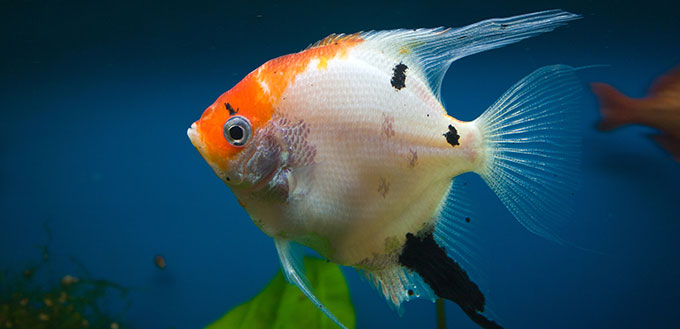
Kidney Failure
Understanding kidney failure means understanding the relationship between your fish’s kidneys, infection, and their environment. Most cases of dropsy are the result of a very common bacteria called Aeromonas. This bacteria is present in most tanks and fish, and normally should not negatively affect any of your fish. However, if their immune system is compromised, this can change.
Fishes’ kidneys are more important to their immune system than in humans. This is because they also take on the role of making red and white blood cells that is normally done by the bone marrow. Anything that affects the production of these blood cells will affect their ability to fight off infection. Factors that may compromise a fishes immune system include:
- Poor water quality
- Concentrations of ammonia or nitrates
- Drops in water temperature
- Transportation
- Poor feeding and diet
- Disease
- Overcrowding
- Mismatched tank mates
- Noise pollution
- Parasites
A second potential cause of kidney failure that can also result in dropsy is Polycystic Kidney Disease (PKD). Unfortunately, not a lot is known about PKD, but it is a disease which results in cysts forming in the kidney that destroy the surrounding tissue. It has been theorized that it is caused by a parasite, but research has thus far been inconclusive. If you are concerned that your fish has PKD, watch out for buoyancy disorders alongside their dropsy. This means your fish might:
- Lie at the bottom of the tank
- Float to the top
- Have an abnormal posture
- Roll onto their side
- Be upside down
Urogenital Disorders
Last but not least, urogenital disorders are a less common cause of dropsy. A urogenital disease usually occurs as the result of a growth of tissue in their reproductive tissue, such as a tumor or neoplasia. The exact nature of the disorder, and your fish’s relative predisposition to suffer from it, varies depending on their breed. Koi, for example, suffer from internal tumors much more than other breeds of fish. Although it is worth noting that swelling in koi fish may also be due to egg retention.
Symptoms
While dropsy itself may be viewed as a symptom of an underlying kidney or urogenital issue, to help you diagnose your fish here are detailed descriptions of the symptoms of dropsy, as well as a few other common symptoms and signs that could suggest that your fish is suffering from the Aeromonas bacteria:
- A change in belly shape, most frequently a swollen belly, ranging from a gentle rounding to a dramatic change in size
- Sticking out scales, which is often compared to a pinecone
- Bulging eyes
- Pale gills
- A red or swollen anus
- Pale or stringy feces
- Ulcers
- Spine curvature
- Fins clamped together
- Refusal to eat
- Lethargy
Treatments
If you are unsure whether your fish has dropsy due to kidney disease, you can check your water chemistry before you go to the vet. Your vet may well ask you to do this after your consultation, so it can be helpful for you to preemptively use a liquid-based test kit before your appointment with your vet. They can then use the results when making their diagnosis. If your water chemistry is outside normal levels, it is likely that this is the source of your problems.
Once you have a diagnosis of dropsy due to kidney disease, stress or the Aeromonas bacteria, the solution is to quarantine the affected fish in a completely freshly cleaned environment. Then you must diligently clean their normal tank. Keep your fish separated until their dropsy is healed and they have returned to their normal size and shape. You may then return them to their tank.
The quarantine, or ‘hospital tank’ as some like to call it, should have:
- One teaspoon of salt per gallon of water
- Their water changed weekly
- Fresh, high-quality food
- Antibiotics, if the fish do not start to improve
Keep an eye on the affected fish as their symptoms may return. If their dropsy returns, it is a sign that the problem was not due to the hygiene or chemistry of their environment, but due to an underlying stressor, such as an aggressive tank mate. You must then start the quarantine again, and do whatever you can to remove any potential causes of stress before returning them. It may take some attempts, and trial-and-error to find the problem.
The bad news is that, as the cause is currently unknown, Polycystic Kidney Disease currently has no cure. However, the good news is that there have been instances where the problem has spontaneously resolved all by itself. If your fish is diagnosed with PKD, it can never hurt to clean their environment, and it is a good idea to quarantine the affected fish to prevent spread to any of their friends. Hopefully, doing this will help your fish to heal and you can return them to their normal tank.
Urogenital disorders are usually treated through surgery, if this is possible. This is because it is necessary to remove the growth or tumors in order for your fish’s dropsy to start to heal. Depending on the size, breed, and cost of your fish, this solution may not be feasible, and many vets may suggest euthanasia. If you have a koi suffering from egg retention, which may have similar symptoms as dropsy, your vet will want to induce spawning by injecting hormones.
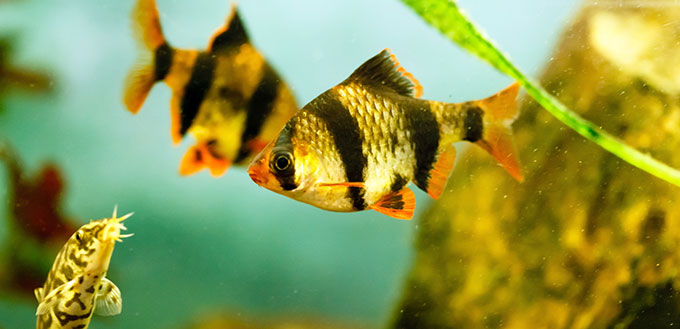
Prevention
Dropsy is a tricky medical issue and, unfortunately, quarantining your fish does not always work. It can also be difficult to diagnose due to the variety of causes and similarities between different medical issues. Sometimes the damage is done and the priority is then placed on preventing the spread of infection. Your vet is likely to suggest that the best thing to do is to put down your fish because treatment is difficult and unlikely to succeed.
The best thing you can do as a fish owner is ensure you never have to face these difficult circumstances by preventing dropsy from taking hold in the first place. Dropsy is predominately caused by hygiene or stress issues, and these are very avoidable. Here are some tips to help keep your fish dropsy-free.
- Change their water regularly
- Clean their tank and filter
- Do not overcrowd the tank
- Do not overfeed them
- Do not use feed older than one month
- Provide a varied diet
Although understanding dropsy can be difficult and confusing, using these tips, you should be able to fight off many potential health issues in your tank, allowing your fish to live long and happy lives. As always, don’t hesitate to visit your vet if you have any concerns or want any advice.
Source:
- Jessie M Sanders, DVM, CertAqV, Dropsy – Excessive Swelling in Fish Due to Kidney Failure, Pet MD
Note: The advice provided in this post is intended for informational purposes and does not constitute medical advice regarding pets. For an accurate diagnosis of your pet's condition, please make an appointment with your vet.


